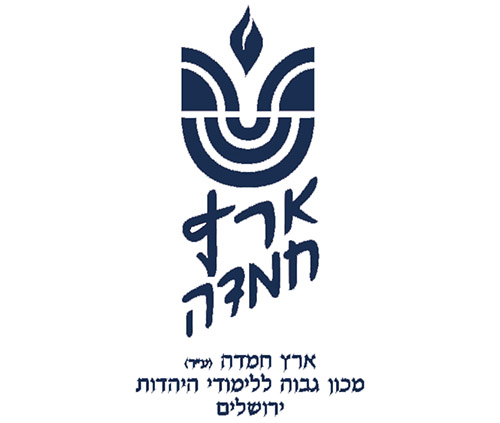
Question: I wear a wedding ring and a watch on my left arm, and I do not like taking them off. Is it permitted to keep them on when I put on tefillin?
Answer: The mishna (Megillah 24b) criticizes those who place tefillin shel yad on their sleeves — for believing that since the Torah calls them an ot (sign), it should be visible to outsiders. We learn this pasuk as meaning that “it is an ‘ot’ for you — and not for others,” (Menachot 37b). Rashi (Megillah 24b) seems to say that the whole problem is that it should not be done primarily toward others. The Rosh (Shut 3:4), though, understands that given that the tefillin shel yad do not require being exposed, they must be directly on the skin — like the garments of a kohen must be — thus, forbidding a chatzitza (separation).
How broadly does chatzitza apply to tefillin? The Rashba (to Megillah 24b) raises the real possibility that it does not apply to a shel rosh or to the shel yad’s retzuot (straps) (Shut Harashba I, 827). However, he concludes (ibid.) that the practice is to be careful on the shel rosh, the shel yad and the retzuot. The Rama (Orach Chayim 27:4) says that chatzitza is not a problem for retzuot.
However, many commentaries (including the Taz 27:4 and the Magen Avraham 27:5) take issue with this claim — based on the Rashba’s conclusion that, practically, we do not allow chatzitzot. The Mishna Berura (27:16) accepts the following distinction (found in the Levush, Orach Chayim 27:4 and Taz, ibid.). There must not be a chatzitza under the part of the retzuot that is needed to tie the batim (tefillin boxes) down; chatzitza is not a problem for the rest.
There may also be other distinctions that are instructive here. The Gemara (Menachot 35b) states that the retzuot must be long enough to be wrapped three times around the finger. Although there is a minority approach that this is just the required length of the retzuot — but there does actually have to be such a wrapping (see Darchei Moshe, Orach Chayim 27:5) — the broad consensus is like the Rambam (Tefillin 3:12) that the finger wrappings are required based on this Gemara (Shulchan Aruch, Orach Chayim 27:8).
In contrast, the idea of wrapping six or seven times on the forearm is only a post-Talmudic minhag, not a halacha (Beit Yosef, Orach Chayim 27). Therefore, there is logic to claim that a watch on the wrist (bottom of the forearm) is a less problematic chatzitza than on the fingers (see Teshuvot V’hanhagot II:26). If — as is easy to do — one gets in the seven wrappings before passing over the watch, it is even better (Yabia Omer II, Orach Chayim 2).
The ring also has special leniencies. Presumably, it is on the ring finger, and the retzuot goes on the middle finger. Although many people do a wrap or a semi-wrap over the ring finger, this minhag is not found in the main halachic sources.
Furthermore, the minhag is likely in order to “spell out” a dalet or a shin, not for the regular need to wrap the finger with tefillin (see Piskei Teshuvot 27:17). Therefore, it may make little or no difference if there is a chatzitza on the ring finger.
Additionally, it may be possible to put the retzuot beyond where the ring is. If there is only a slight overlap, then the Magen Avraham (27:5) raises a distinction (within the Rama’s opinion) between a large and a small chatzitza. On the other hand, this distinction does not seem accepted (see Mishna Berura 27:14). The idea of leaving the ring on all the time — which helps regarding netilat yadayim — likely does not help here (see Dirshu 27:12).
Despite all of the reasons for leniency, people are generally careful to remove their watch before wrapping on their tefillin. This is either a chumra or a way of showing extra reverence toward the dear mitzvah of tefillin and is recommended by poskim (Teshuvot V’hanagot, ibid.; Doveiv Meisharim II:37; see Pri Megadim, MZ 27:4).
However, when there is any good reason to need to keep the watch or ring on (even more so, if he is able to apparently avoid overlap with the ring), he may be lenient as is fine according to the regular application of halachic rules (Yabia Omer ibid.).
Rabbi Mann is a dayan for Eretz Hemdah and a staff member of Yeshiva University’s Gruss Kollel in Israel. He is a senior member of the Eretz Hemdah responder staff, editor of Hemdat Yamim and the author of “Living the Halachic Process Volumes 1 and 2” and “A Glimpse of Greatness.”










